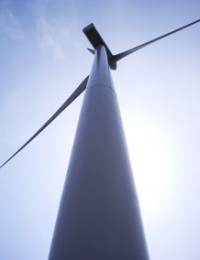What Is Solar PV And How Does It Work?
 PV stands for photovoltaic, and therein lies the key - using photo, or sun-driven energy, in order to make volts - electrical energy, that is the key to much of what we use and perhaps take for granted in the modern world.
PV stands for photovoltaic, and therein lies the key - using photo, or sun-driven energy, in order to make volts - electrical energy, that is the key to much of what we use and perhaps take for granted in the modern world.The way that the process works, then, is to capture the sun's energy using photovoltaic cells. These at the most basic level convert sunlight into electricity, and once you have electricity you can run household appliances which need it - which is rather a lot of them when you think about it, and of course your lighting too wouldn't glow quite so brightly without electricity.
One question that many people wonder is whether PV cells can function without direct sunlight, and therefore whether they are suitable in a country like Britain. Well the answer is that they don't need it and electricity can still be generated when it is cloudy. However that said the rate of production will fall because the more the number of photons hitting the more opportunities to generate electricity there are, so the more sunlight there is the better to that extent.
The cells themselves are generally attached to walls or to roofs, and they contain semiconducting material such as silicon. Generally there are a couple of layers, and the presence of the energetic photons from the sun shining on it lead to an electric field being created across the layers.
There are energy ratings associated with solar PV cells, and these have a measurement unit aclled the KWp which is short for the Kilowatt peak. This tells you the amount of energy that the cell is capable of generating when there is full sunlight falling on it - hence the word 'peak' in the description of the unit.
More Green Household Related Articles
How To Increase Solar Cell EfficiencyMagnetism And Being Green
Make Your Travel Greener
Make Your Business Greener
Hot Water And Boilers - Saving Energy

